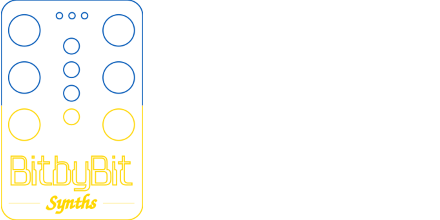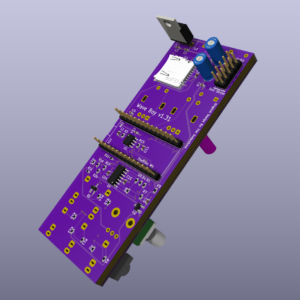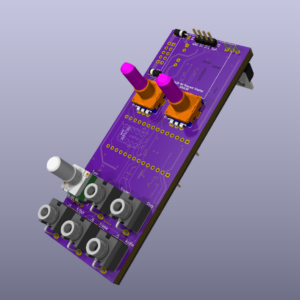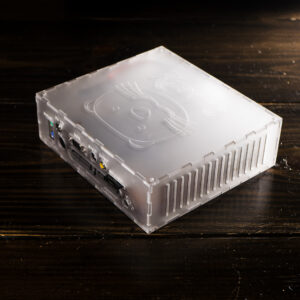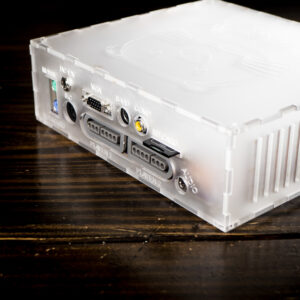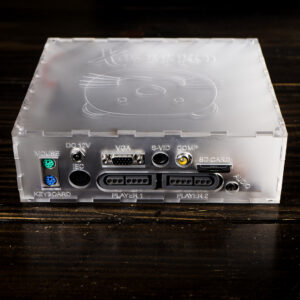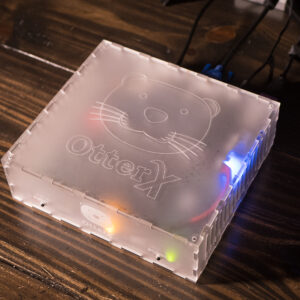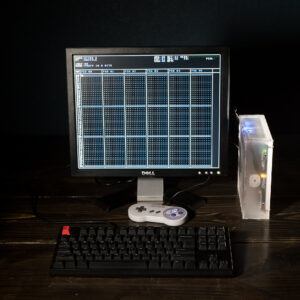I get asked somewhat regularly about why we don’t offer power supplies with our cases. It’s not because we haven’t wanted to! It’s because a fully built power supply requires certifications, tests, and acceptance of risk. We find the 4HP power options to be suitable for most applications, although essentially all of these supplies are using tiny switching power modules. These are both flexible and, properly designed, easily good for audio application. But they can be a bit pricey.
Recently, I decided to look into if I could make a power supply as a kit. It would be based on a pretty standard bipolar linear supply. I’ve actually already designed an active bus board, meaning a lot of work I have already done.
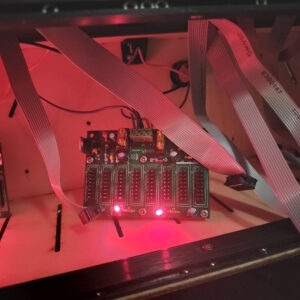
The bus board expects a bipolar DC supply. In my case, this comes from an external linear unregulated supply. The unregulated supply requires AC mains voltage and isn’t suitable as a kit, though for those curious, I am happy to share the design.
I have a design I’m pretty happy with in the bus board, so all I need to do is figure out how to come up with the -/+ 15V or so needed to feed the circuit. It took looks of circuit sims and calculators and things, but I ended up coming up with this:
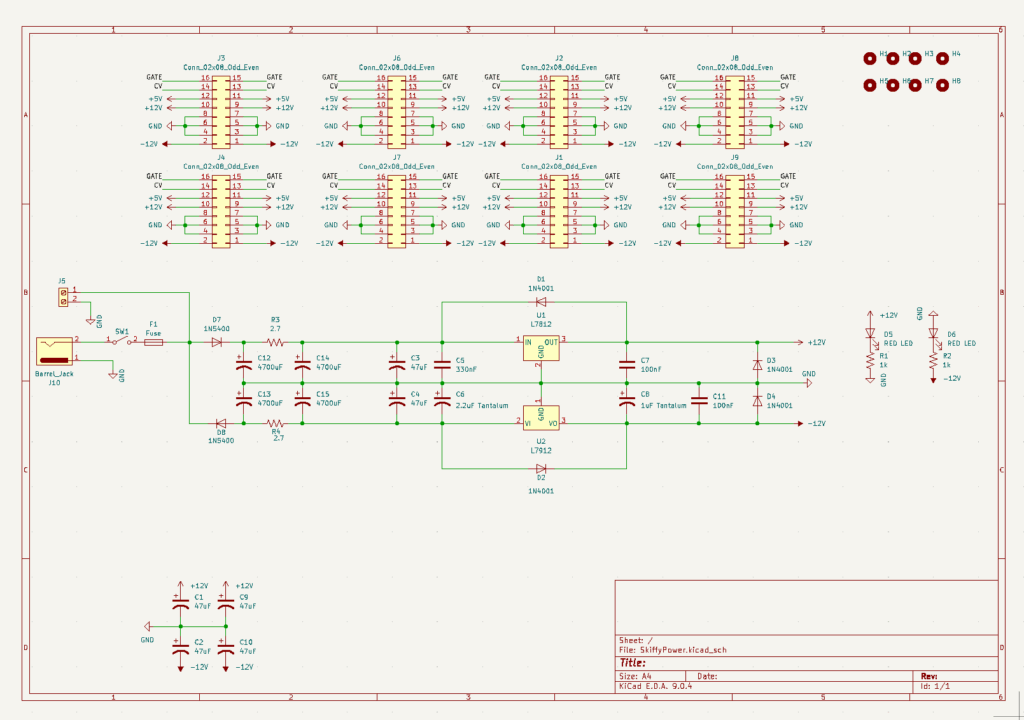
It is mostly the same as my active bus board except it has a barrel jack to provide 24VAC which is then half-wave rectified and filtered to feed the linear regulators. This includes an RC filter which actually I don’t think is strictly needed, though this has the added benefit of dropping the voltage as the load goes up which has an added bonus of requiring less heat dissipation for the regulators.
I designed it to provide around 500mA or so, which is plenty for say the Skiffy 42 minus edge cases where some power hungry modules are being used. It may not be enough for the Skiffy 642. That is why I added a screw terminal though. With the power AC supply, two boards can be linked together to share the same AC input.
I still need to design the PCB, test it in the real world, among other things. But this could be a design we are able to offer as an option for some of our cases. It is not a design that can scale up to huge power hungry racks, but that wasn’t really the point of this particular design. Also of note is that it does not provide +5V by itself. I was thinking of making a smaller board that could be plugged into one of the 16-pin connectors for that. The reason being, nearly all modern modules that need +5V seem to generate it themselves. That is what we do for our first module, the WaveBoy. If it’s rarely used, it makes sense to save on the part count for the default use case.
It remains to be seen if we’ll end up doing this. If you have thoughts or opinions, do let us know! We’d love to hear from you!
– Tim
